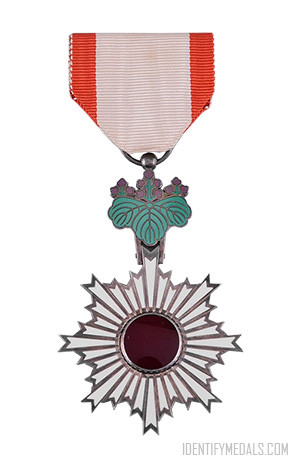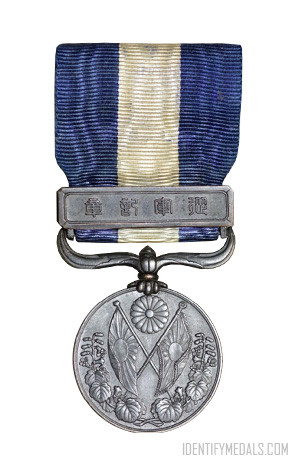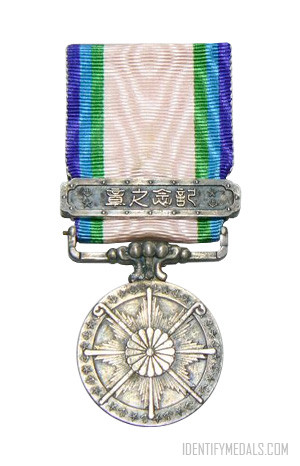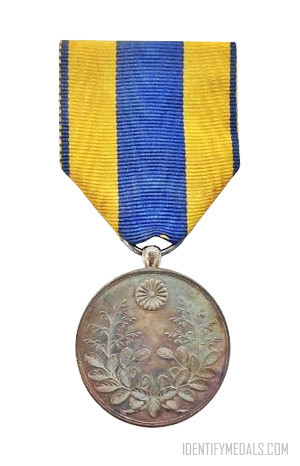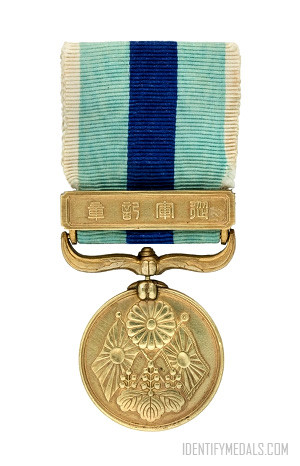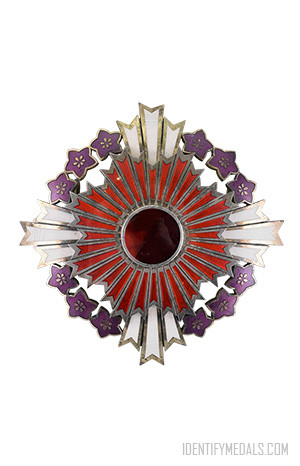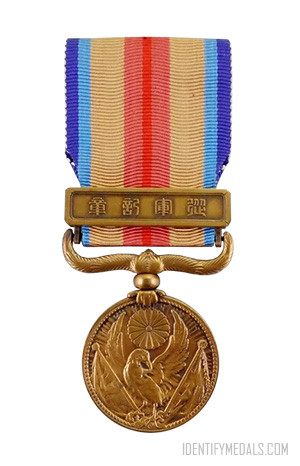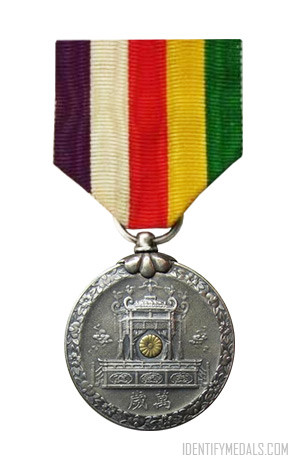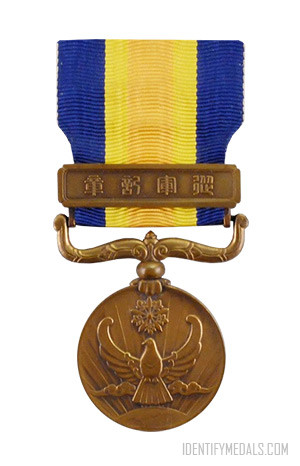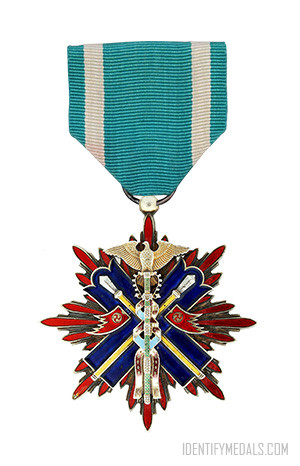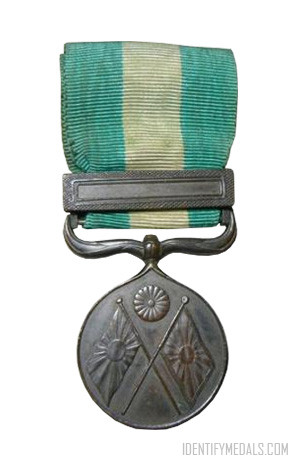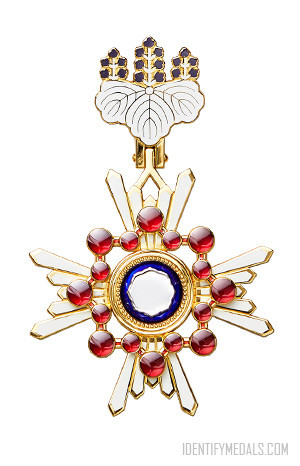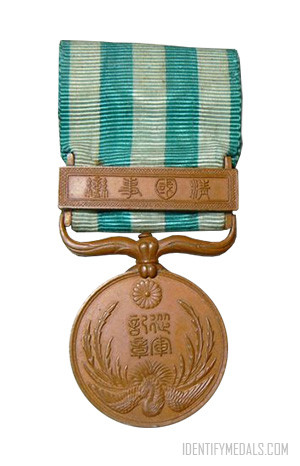The Order of the Rising Sun (旭日章 Kyokujitsu-shō) is a Japanese order established on 10 April 1875 by decree of the Council of State. The Order was the first national decoration awarded by the Japanese government.
The order is conferred upon those who have made distinguished achievements in international relations, promotion of Japanese culture, advancements in their field, development in welfare, or preservation of the environment. Prior to the end of World War II, it was also awarded for exemplary military service.
While it is the third highest order bestowed by the Japanese government, it is however generally the highest ordinarily conferred order. The highest Japanese order, the Order of the Chrysanthemum, is reserved for heads of state or royalty, while the second highest order, the Order of the Paulownia Flowers, is mostly reserved for politicians.
The awarding of the Order is administered by the Decoration Bureau of the Cabinet Office headed by the Japanese Prime Minister. It is awarded in the name of the Emperor and can be awarded posthumously.
The Order of the Rising Sun Medal Classes
The Order was awarded in nine classes until 2003 and from then on in six classes.
 1st Class: Grand Cordon
1st Class: Grand Cordon 2nd Class: Gold and Silver Star (Rays, Principal Grade)
2nd Class: Gold and Silver Star (Rays, Principal Grade) 3rd Class: Gold Rays with Neck Ribbon (Cordon, Middle Grade)
3rd Class: Gold Rays with Neck Ribbon (Cordon, Middle Grade) 4th Class: Gold Rays with Rosette (Cordon, Junior Grade)
4th Class: Gold Rays with Rosette (Cordon, Junior Grade) 5th Class: Gold and Silver Rays (Double Rays)
5th Class: Gold and Silver Rays (Double Rays) 6th Class: Silver Rays (Single Ray)
6th Class: Silver Rays (Single Ray) 7th Class: Green Paulownia Leaves
7th Class: Green Paulownia Leaves 8th Class: White Paulownia Leaves
8th Class: White Paulownia Leaves
The Order of the Rising Sun Medal Design
The badge features rays of sunlight from the rising sun. The design symbolizes energy as powerful as the rising sun in parallel with the “rising sun” concept of Japan (“Land of the Rising Sun“).
The star for the Grand Cordon and Second Class is a silver star of eight points, each point having three alternating silver rays; the central emblem is identical to the badge. It is worn on the left chest for the Grand Cordon, on the right chest for the 2nd Class.
The badge for the Grand Cordon to Sixth Classes is an eight-pointed badge bearing a central red enameled sun disc, with gilt points (1st–4th Classes), with four gilt and four silver points (5th Class), or with silver points (6th Class); each point comprises three white enameled rays. It is suspended from three enameled paulownia leaves on a ribbon in white with red border stripes, worn as a sash from the right shoulder for the Grand Cordon, as a necklet for the 2nd and 3rd Classes and on the left chest for the 4th to 6th Classes (with a rosette for the 4th Class).
The badge for the Seventh and Eighth Classes consisted of a silver medal in the shape of three paulownia leaves, enameled for the 7th Class and plain for the 8th Class. Both were suspended on a ribbon, again in white with red border stripes, and worn on the left chest. Both classes were abolished in 2003 and replaced by the Order of the Paulownia Flowers, a single-class order that now ranks above the Order of the Rising Sun.
The ribbon of the Order references the colors of the Japanese flag (a red disc on a white background) but are represented in stripes (a central large white stripe and smaller red ones on the edges).

